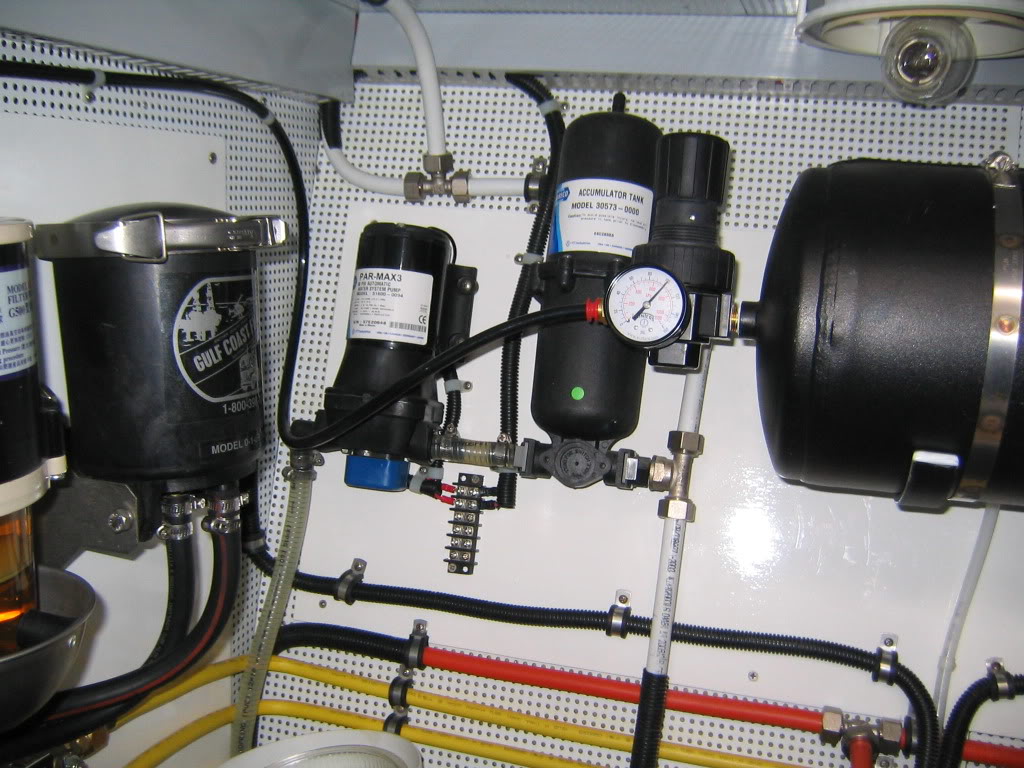Tangler
Senior Member
- Joined
- Jan 29, 2013
- Messages
- 204
- Location
- canada
- Vessel Name
- Between boats
- Vessel Make
- 38' C & L Puget Trawler
question- just replaced my flo-jet pump 4406-143 and the paperwork says it "has a built in bypass valve eliminating the need for an accumulator tank" and not install it in a system with a tank as it would interfere with that valve. My system had a tank when I got the boat. Should I remove the tank? pump seems to work but a little slow to recover. old pump was a 4405-143







